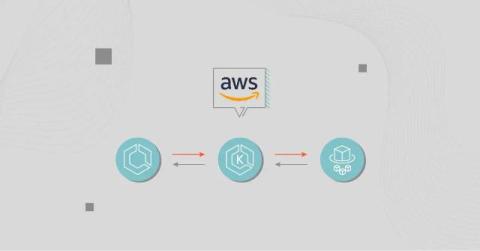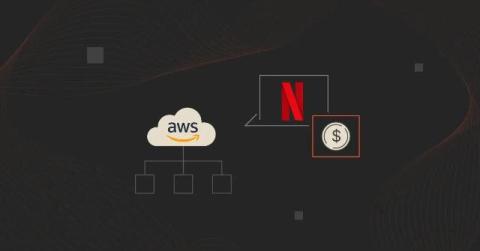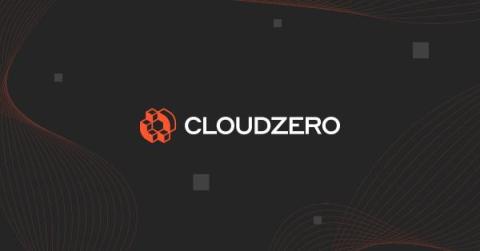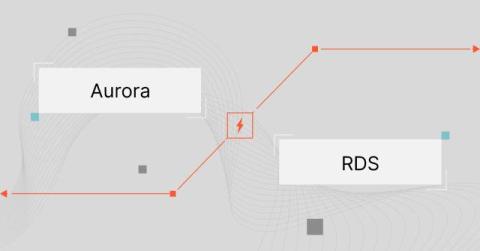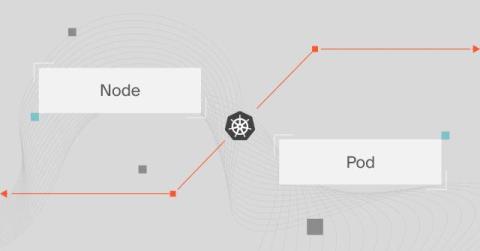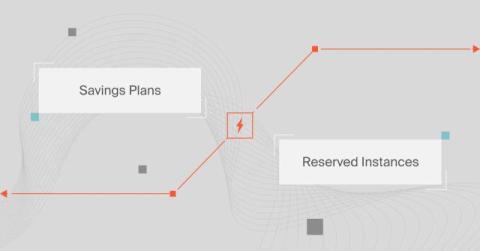Amazon ECS Vs. EKS Vs. Fargate: The Complete Comparison
Amazon Web Services (AWS) provides more than 200 services. Among those, Amazon Elastic Compute Service (ECS), Elastic Kubernetes Service (EKS), and AWS Fargate help deploy and manage containers. Choosing between these services can be challenging. They seem similar on the surface (and are all popular). But each offers unique benefits and limitations. In this guide, we compare the three services, discussing the best use cases for each, and helping you choose the best fit for your business.


